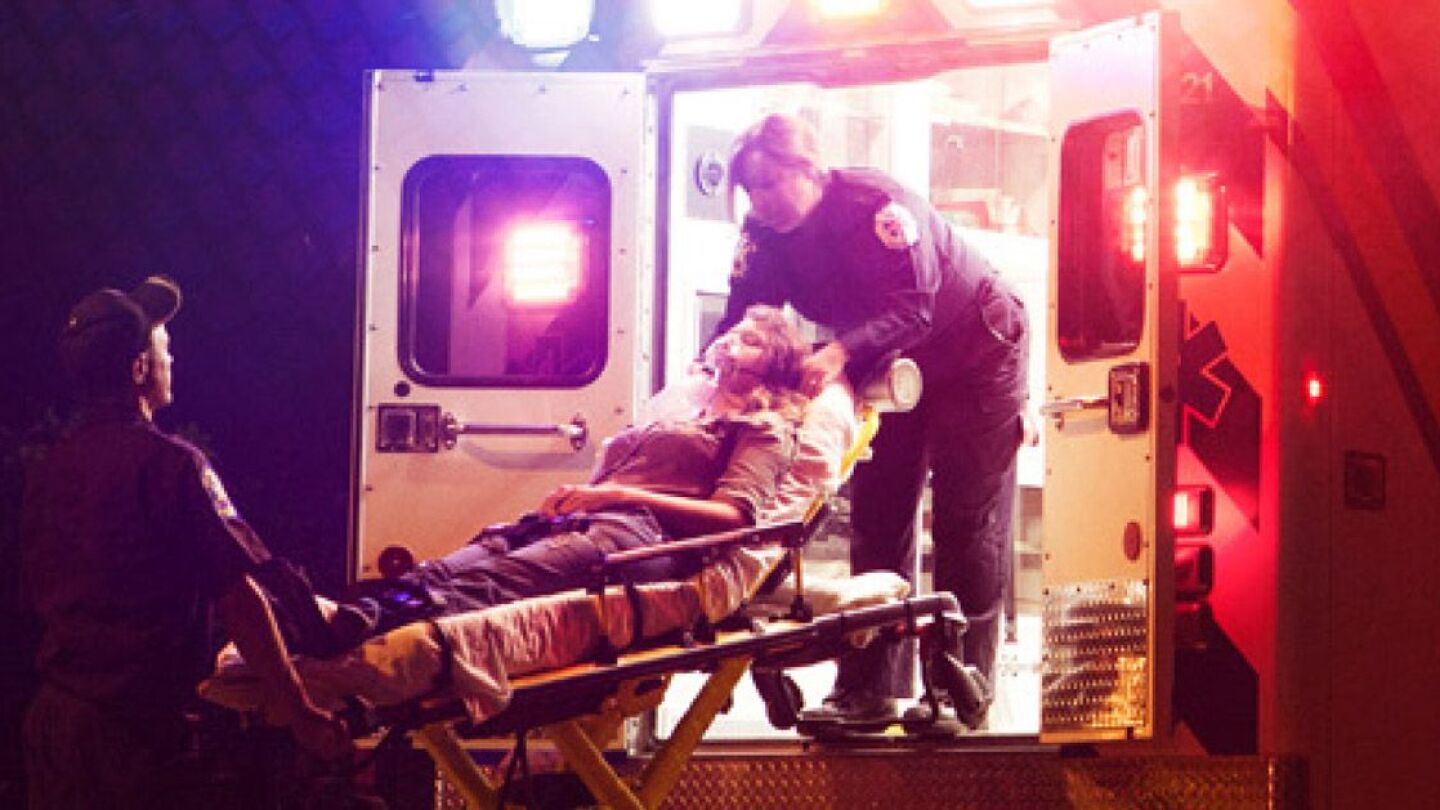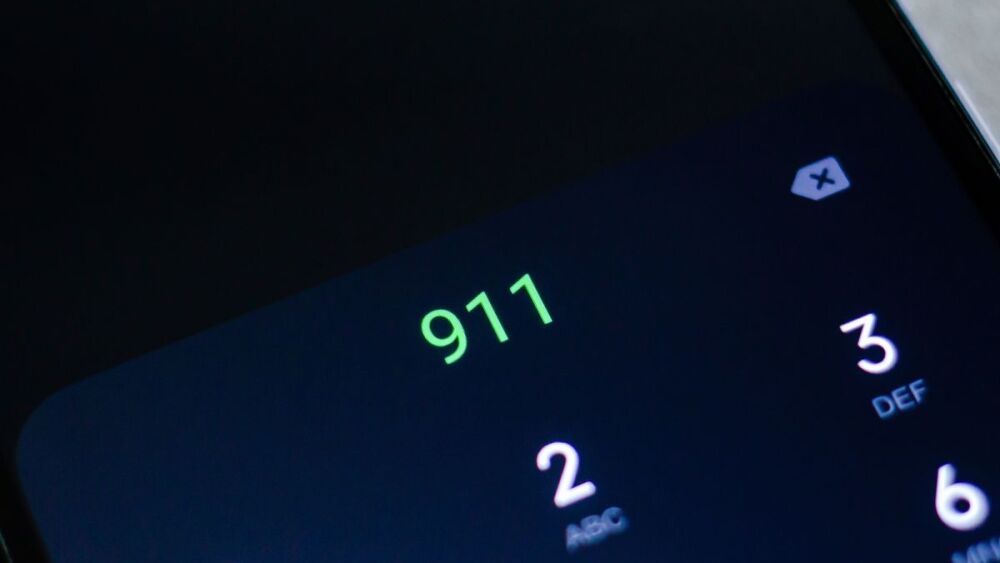Community Paramedicine
Access our Community Paramedicine directory, offering valuable information on innovative models of care that extend the role of paramedics beyond emergency response. This collection includes articles on preventive care, chronic disease management, and partnerships with healthcare providers to deliver comprehensive care in the community. Understanding community paramedicine is key to improving public health and reducing hospital admissions. For more related content, visit our section on Integrated Care. Stay informed and explore the future of EMS with our resources on community paramedicine.
In this episode, our co-hosts discuss host Chris Cebollero’s multi-year effort to create a universal reimbursement program for community paramedicine work
Here’s how your agency can use telehealth and community paramedicine to deliver more personalized care to patients
Download this free guide for timely tips on low-volume call types, getting grant funding, expanding your scope through technology and more
The Reno, Nev. EMS agency expects the savings through 2015 it’s 2-year-old program that includes a nurse healthline, community paramedicine and ambulance transport alternatives
Union opposes the move saying firefighters respond to emergencies, not make house calls
Central New Mexico Community College is expected to graduate its first class this spring from the certificate program requiring 21 credit hours
The network is expected to provide better information on scene and the ability to provide electronic patient records to hospitals while in transit
if financial incentives cannot be aligned with the right thing to do for the patient, what has to give?
EMT Becky Sproul explains how a Colo. district used a Healthcare Innovation Grant to deliver improved care with lower costs and better outcomes
EMS advocacy organizations came together for a united vision statement on what the movement means for the industry
Dallas Fire-Rescue and area hospitals are also discussing plans to expand the program to include additional in-home services
More than 300 EMS providers, executives and medical directors discussed the future of transformative changes occurring in payment and reimbursement policies and EMS-driven innovations
Protocols and partnerships are critical to success of implementing a nurse triage program
Former Toronto EMS leaders Alan Craig talks about his transition to AMR, and where the agency is headed
Eric Beck also uses a personal story as a powerful reminder of the importance of having a robust EMS system for responding to life-threatening injuries
The goals of all health care reform efforts are summed up by the “Triple Aim": lowered costs, improved patient experience and improved outcomes
N.C. advanced practice paramedics recognized, awarded for promoting injury prevention and safety
Rather than adding more resources to combat substance abuse calls, linking patients to social services can help reduce EMS call volume
Baltimore responders team up with Johns Hopkins to train medics to better engage with substance abuse callers in an attempt to slow down the 911 merry-go-round
Hosts Chris Cebollero and Kelly Grayson discuss how to combat major EMS closures like the the Rural/Metro layoffs in Indiana, and whether it’s time to put an end to 24-hour shifts
The satellite hospital, called Rampart, includes 300 employees and is expected to treat nearly 3,200 people during the week-long remote desert festival
From measuring industry progress, to community paramedicine and the decline of ALS, EMS leaders highlight how the industry must adapt
When it comes to the frustrating health care merry-go-round of frequent 911 callers, it’s unfortunate that the county officials just don’t get it
County commissioners worry that it could interfere with EMS workers’ medical duties or intimidate elderly people into not calling 911 in a real emergency
Nursing organizations have been battling paramedics for decades, but the turf wars only trivialize shared healthcare goals
Two departments hope to allow 20 paramedics to make home visits to patients; nurses unions are loudly objecting
The key of a successful program is to not only refer frequent 911 callers to social services, but to also check in on their progress
Allegheny Valley Hospital established a team of doctors, nurses and paramedics to visit high-risk patients to help reduce readmission rates
Eric Beck shares his thoughts on where mobile integrated healthcare is headed, and how it goes beyond community paramedicine to connect healthcare providers
Experts discuss the challenges, opportunities — and, perhaps, inevitability — of mobile integrated healthcare and community paramedicine programs
Fort Worth, Winnipeg, San Diego and McKinney provide very different programs, but they all successfully use mobile healthcare to address patient needs specific to their communities
Use these 10 steps to best serve special needs patients
MOST POPULAR
- Calif. poll: Voters believe law enforcement the least equipped to respond to mental health calls
- Minn. FD works to reduce 911 calls, connect patients with resources
- Calif. street medicine program expands, delivering prenatal care to homeless population
- Md. FD plans to continue overdose peer recovery program after successful pilot
- Texas paramedic practitioner reflects on 1 year of serving vulnerable populations









